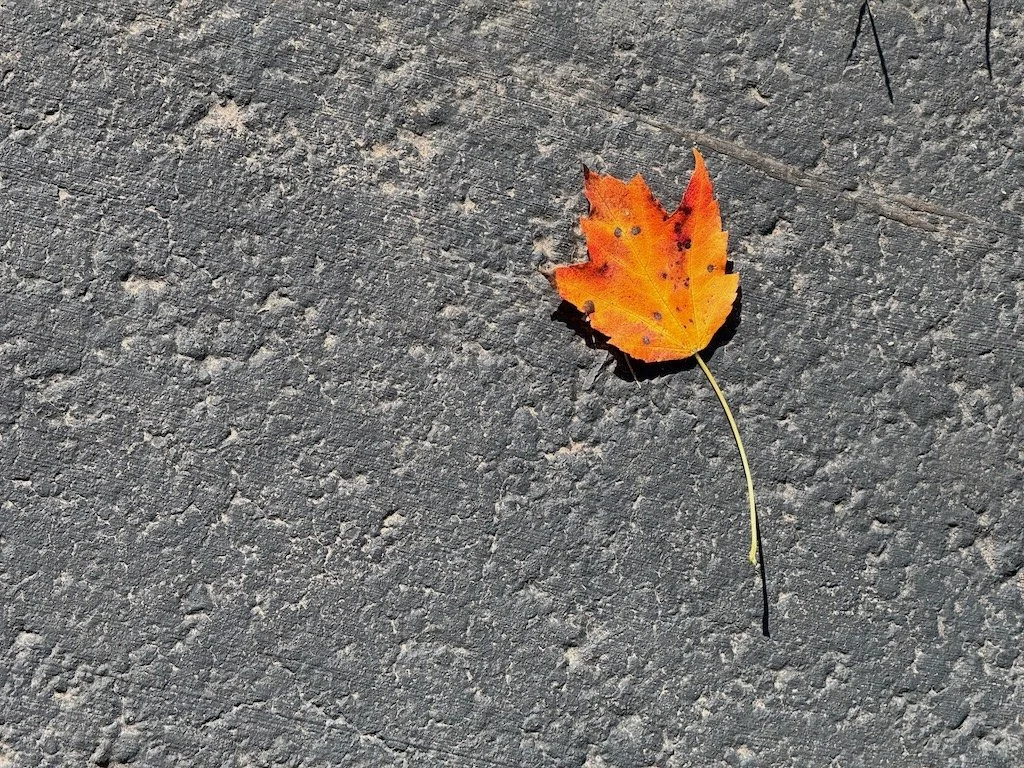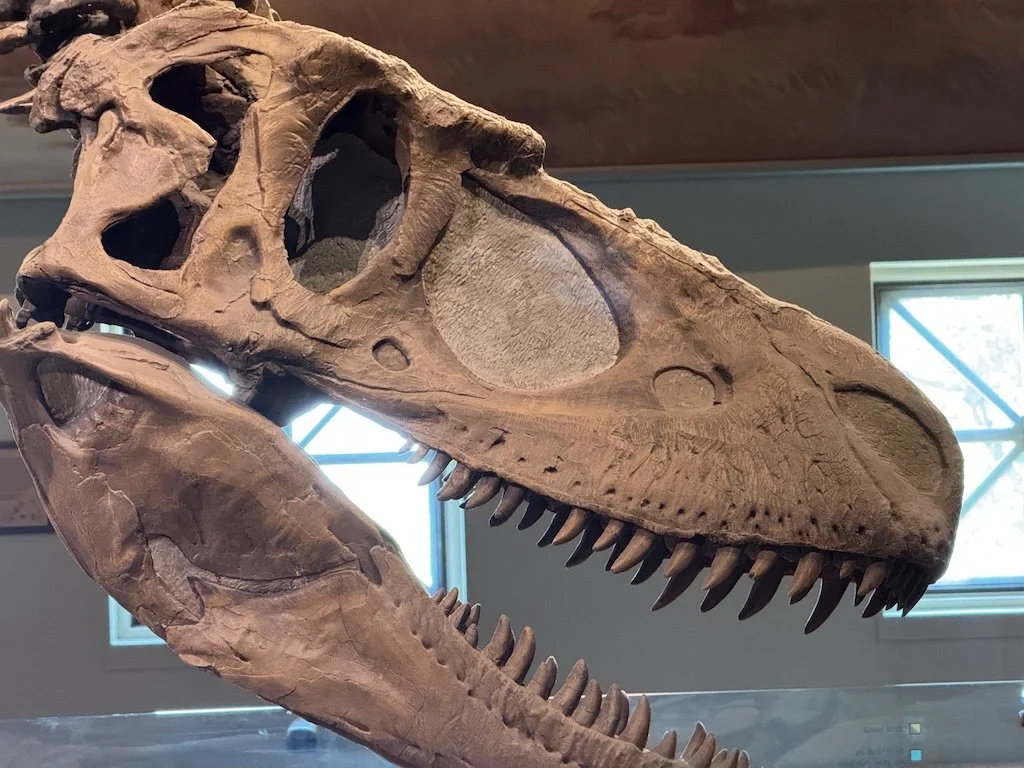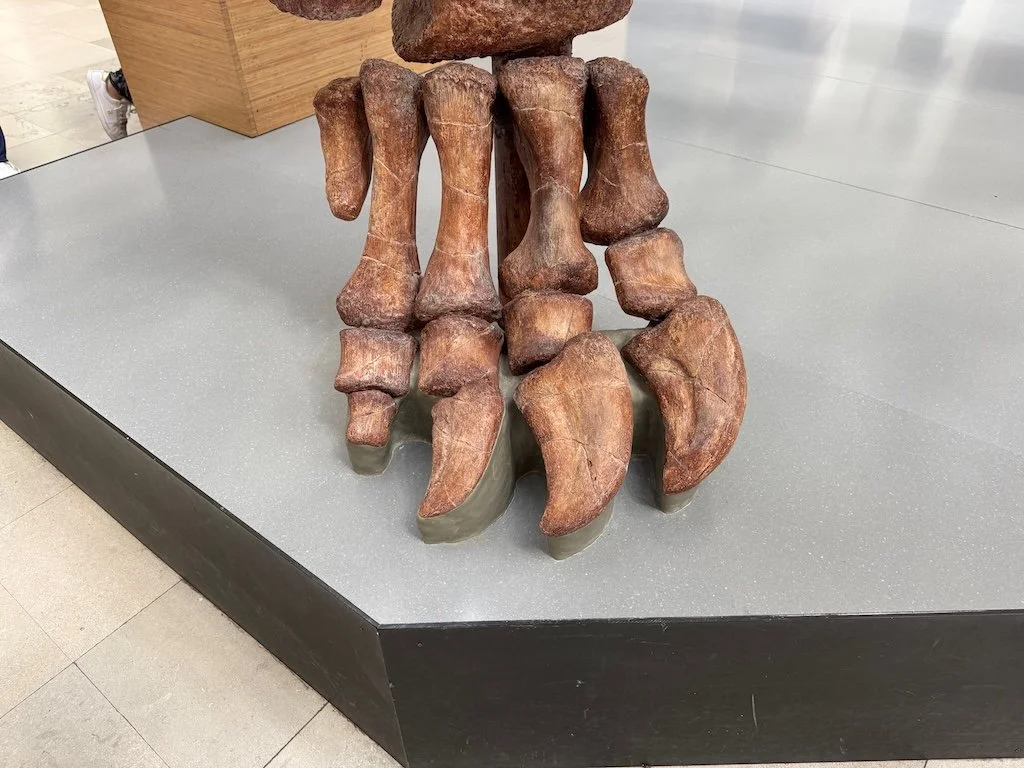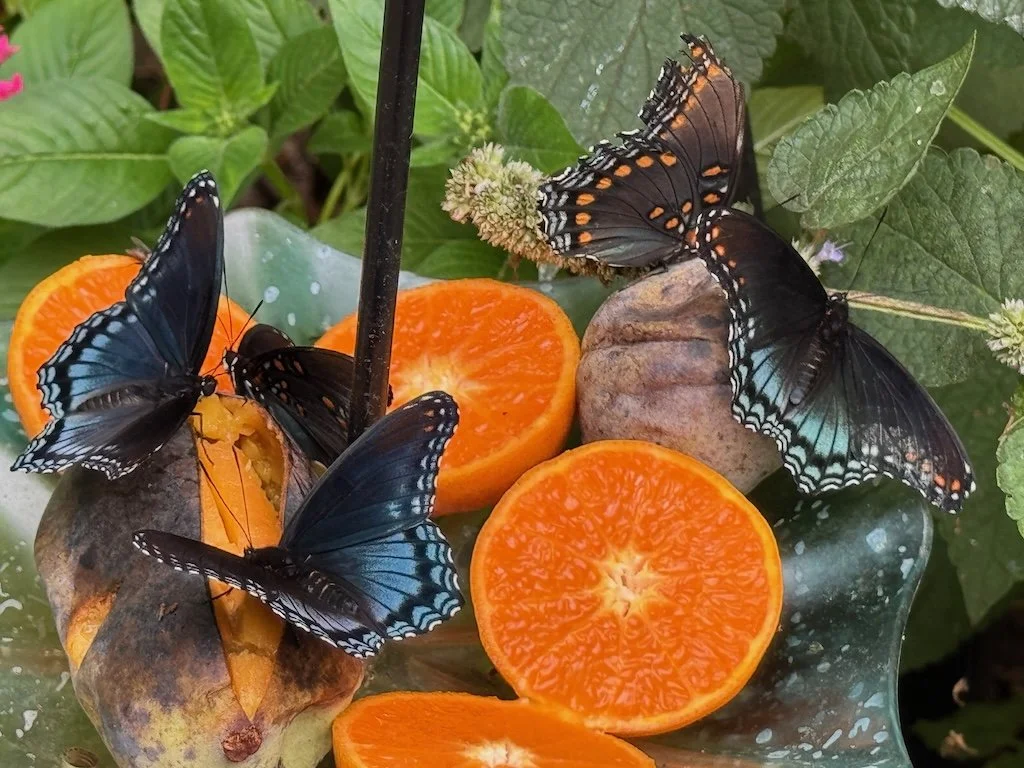Gleanings of the Week Ending August 16, 2025
/The items below were ‘the cream’ of the articles and websites I found this past week. Click on the light green text to look at the article.
Fall 2025 International Student Enrollment Outlook and Economic Impact – The drop in new international student enrollment in the United States this fall could result in a 15 percent drop in overall enrollment. This drop would result in nearly $7 billion in lost revenue and more than 60,000 fewer jobs.
Woodpeckers thrive where missiles fly. How a bombing range became a wildlife refuge - A U.S. Air Force bombing range in Florida has become a sanctuary for endangered species like the red-cockaded woodpecker!
Used EV Batteries Get New Life Supporting the Texas Power Grid - In Texas, retired EV batteries are being repurposed to shore up the state’s unstable electric grid. Batteries have made significant capacity contributions within Texas’ electric grid in recent years and have been credited with helping prevent summer blackouts by bolstering grid reliability.
World Cannot Recycle Its Way Out of Plastics Crisis - The world churns out more than 200 times as much plastic today as it did in 1950, and production is only rising. Microscopic bits of plastic waste have been found nearly everywhere. Many of the more than 16,000 chemicals used in plastics — flame retardants, fillers, dyes — can harm human health, and fetuses, infants, and young children are particularly vulnerable. Without efforts to stem the use of plastic, production is on track to nearly triple by 2060.
Gorgeous, Hidden Animal Tattoos Discovered on a More Than 2,000-Year-Old ‘Ice Mummy’ by Using Digital Imaging - Tigers, stags and a leopard twist around each other, the animals’ stylized and intricate details spread in ink across a woman’s forearm. On her hand is the delicate outline of a bird with a fluffy tail. It sounds like something you might see from a tattoo artist today, but these designs appear to be preserved on a more than 2,000-year-old “ice mummy” from Siberia’s Pazyryk culture.
How do the microplastics in our bodies affect our health? - The use of plastics in society first came into being on a large scale in about the 1920s, and we see a big increase from the 1960s onwards. In a study published in 2024, scientists found that consumption of the particles has increased sixfold since 1990, particularly in various global hotspots including the US, China, parts of the Middle East, North Africa and Scandinavia. In February 2025, scientists identified microplastics in the brains of human cadavers. Most notably, those who had been diagnosed with dementia prior to their death had up to 10 times as much plastic in their brains compared to those without the condition. Because humans are consuming so many different types of plastic, it's both unlikely and impractical, without vast sources of funding, for researchers to be able to identify a direct link between ingesting microplastics and one particular disease….but there is mounting evidence that they are impacting health.
See the Faces of Two Sisters Who Toiled Away in a Neolithic Mine 6,000 Years Ago – Skeletons found in the Czech Republic chert mine.
This diet helped people lose twice as much weight, without eating less - People eating minimally processed foods lost twice as much weight as those on ultra-processed diets, even though both diets were nutritionally balanced and participants could eat freely!
A Promised U.S. Drilling Boom Has Yet to Materialize - The price of oil, the world’s most-traded commodity, is more responsive to global demand and supply dynamics than to domestic policy and politics. The economics of solar and wind are increasingly too attractive to ignore. They are now almost always the least expensive — and the fastest — option for new electricity generation.
Your sleep schedule could be making you sick, says massive new study - A global study of over 88,000 adults reveals that poor sleep habits—like going to bed inconsistently or having disrupted circadian rhythms—are tied to dramatically higher risks for dozens of diseases, including liver cirrhosis and gangrene.
















